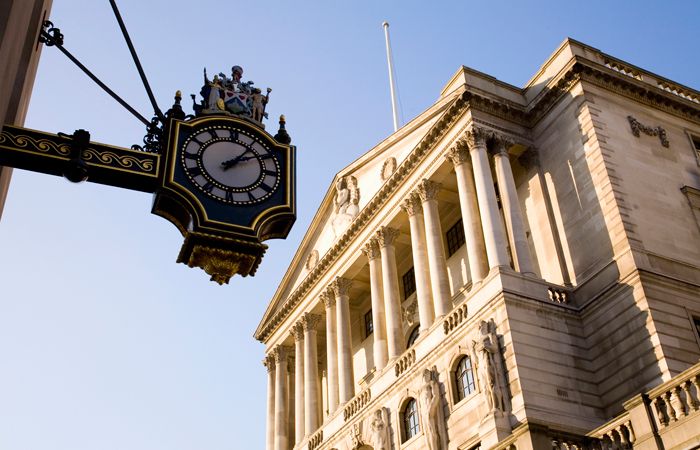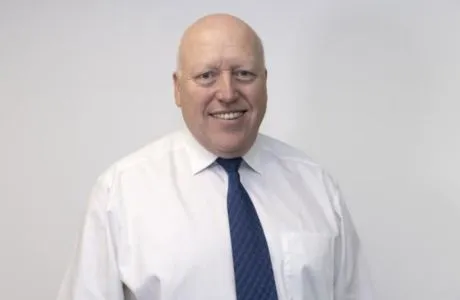
The Bank of England’s monetary policy committee has decided to keep the base rate at 0.1 per cent by unanimous decision.
The MPC minutes of the decision also report that 12-month inflation rose from 0.3 per cent in November to 0.6 per cent in December and that this figure is “is expected to rise quite sharply towards the 2 per cent target in the spring, as the reduction in VAT for certain services comes to an end and given developments in energy prices.”
It says that GDP is expected to have risen to “around” 8 pr cent lower in the final quarter of 2020 than in Q4 2019, which is stronger than expected in the November report.
The report continues to say that GDP is expected to fall “by around 4 per cent in Q1 2021.”
Unemployment will likely rise in “the next few quarters,” the report adds, pointing out that the furlough scheme is working to limit this currently.
In regard to the much talked about prospect of negative interest rates, the MPC minutes show that “PRA-regulated firms had not been asked to begin taking steps to ensure that they were operationally ready to implement a negative bank rate, and the decision of the PRA to start engagement with PRA-regulated firms had not been intended to send any signal about the likelihood or imminence of such a policy.”
The minutes show that a report found that it would take six months for the banking system to prepare for negative interest rates to avoid “increased operational risks”
However, DeVere Group founder and chief executive Nigel Green comments: “It is clear that as the bank tries to bolster the pandemic-stricken British economy, negative interest rates remain part of the ‘tool kit.’
“Indeed, they have been very deliberate in not taking this highly controversial option off the table.
“Should the BoE decide ultimately to take rates below zero, as already tried in the European Union and Japan, it would be the first time that they have done so since the Bank was founded in the 17th century.”
“Question marks remain as to whether negative rates would achieve the primary aim of supporting the economy.
“This is because the move could be viewed by consumers and investors that the economy is in a perilous position and, as a result, trigger a serious drop in consumer and investor demand.”


